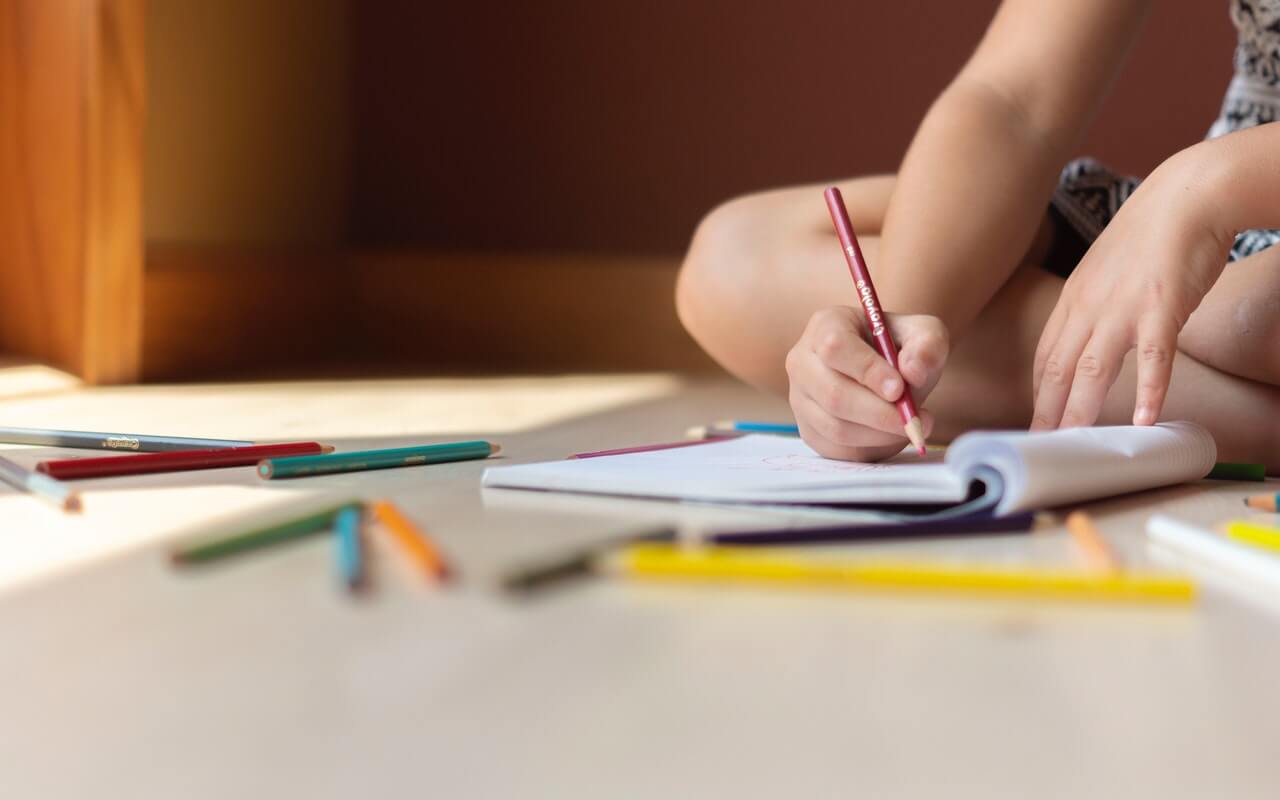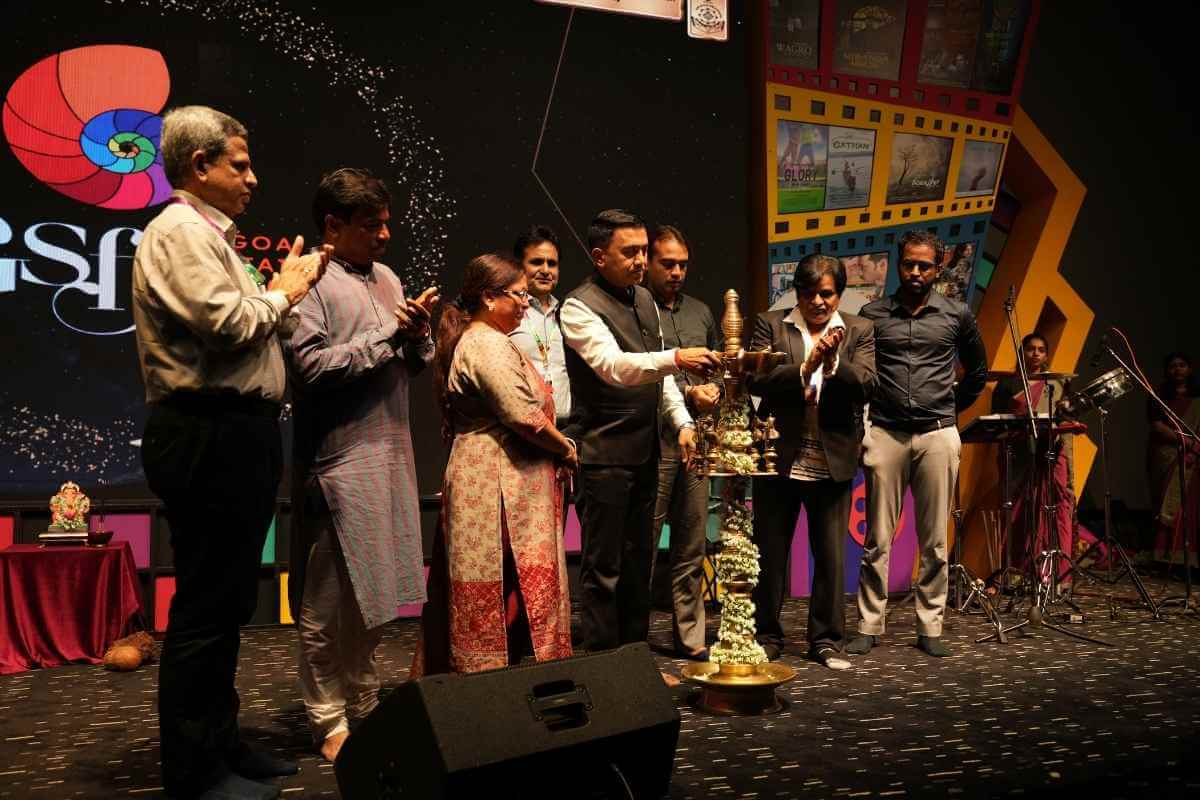We all know people who love to indulge in creative activities like painting, crafting, writing, dancing and so on. Ever wondered what keeps them going? What makes this someone, keep making handcrafted goods, or keep writing thoughtful articles? If you ask anybody who engages in creative pursuits, they will tell you how they not only love the process of making something but they also enjoy the praises showered by others. Further, the satisfaction of seeing something that one has created is also unmatched.
Creativity, an often unrecognized attribute, is present in each one of us but only some choose to let their creative juices flow. As parents/educators, the earlier you sow the creative seed, the more chances there are that your ward will be in touch with his/her creative side later in life.
Creative arts of all forms have been used as tools of expression, communication, and release by individuals, schools as well as therapists. Research suggests that when individuals are involved in the art of making something, they are tuned into themselves, thus giving value to self, while at the same time expressing what is inside.
Creative arts are not only good for mental health but also for physical health and relationships. Researcher R. Reiner from New York University suggests based on his study that, crafts de-stress. This is also indicative of the fact that engaging in crafts is not compatible with emotions like anger, worry, obsession, or anxiety. Crafts can transport one to another place and often times, assist in the journey of life.
The benefits of creative activities are manifold for people of all age groups. Apart from the obvious developmental benefits, there are other well-documented benefits of creative arts when adopted by young children:
Creativity boost: Activities that encourage the generation of new ideas allow children to use their imagination and as a result help them in developing their own perspectives and make them more thoughtful and inventive; attributes crucial not only for education but also helpful in life.
Increased Happiness: Expression of emotions via arts and crafts can help children to feel calmer and happier. These are also great ways to work with children exhibiting any kind of emotional/social problem.
Building up of patience: Most craft activities require children to follow guidelines and some activities require repeated attempts, thereby, helping children become more patient. Being patient is an important virtue and it helps children particularly when trying to work on long projects.
Inspiring of interest: Craft projects can help children develop an interest in diverse topics and promote their inquisitive nature. Crafts can also make children explore the world around them and develop newer understandings and perspectives.
Time for bonding: When parents engage in arts and crafts activities with children, it allows them to spend quality time together, which is the need of the hour. Not only do you get to spend time with your children, as parents you can use this opportunity to bond and discover more about each other.
Satisfaction as a reward: Making something completely from scratch can be very rewarding. When your child completes a craft project that he has been working hard on, he will enjoy a sense of accomplishment and pride. Needless to say, any recognition or praises offered for his efforts will also boost his self-esteem.
– Developing a life-long interest: Children who enjoy their chosen craft form may end up taking it on as a life-long hobby or better still, develop a career path in that field.
Spending an hour or more every day at creating something is essential for a healthy mind. Keep experimenting with your children until you find a creative art they love, and then build on from there.






























